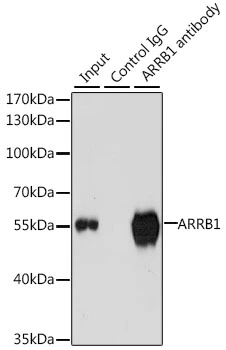
IP analysis of K-562 cell lysate using GTX30065 beta Arrestin 1 antibody. Antibody amount : 3microg / 200microg lysate Dilution : 1:1000
beta Arrestin 1 antibody
GTX30065
ApplicationsImmunoFluorescence, ImmunoPrecipitation, Western Blot, ImmunoCytoChemistry, ImmunoHistoChemistry, ImmunoHistoChemistry Paraffin
Product group Antibodies
TargetARRB1
Overview
- SupplierGeneTex
- Product Namebeta Arrestin 1 antibody
- Delivery Days Customer7
- Application Supplier NoteWB: 1:500 - 1:2000. ICC/IF: 1:20 - 1:100. IHC-P: 1:50 - 1:200. IP: 1:50 - 1:100. *Optimal dilutions/concentrations should be determined by the researcher.Not tested in other applications.
- ApplicationsImmunoFluorescence, ImmunoPrecipitation, Western Blot, ImmunoCytoChemistry, ImmunoHistoChemistry, ImmunoHistoChemistry Paraffin
- CertificationResearch Use Only
- ClonalityPolyclonal
- ConjugateUnconjugated
- Gene ID408
- Target nameARRB1
- Target descriptionarrestin beta 1
- Target synonymsARB1, ARR1, beta-arrestin-1, arrestin 2, non-visual arrestin-2
- HostRabbit
- IsotypeIgG
- Protein IDP49407
- Protein NameBeta-arrestin-1
- Scientific DescriptionMembers of arrestin/beta-arrestin protein family are thought to participate in agonist-mediated desensitization of G-protein-coupled receptors and cause specific dampening of cellular responses to stimuli such as hormones, neurotransmitters, or sensory signals. Arrestin beta 1 is a cytosolic protein and acts as a cofactor in the beta-adrenergic receptor kinase (BARK) mediated desensitization of beta-adrenergic receptors. Besides the central nervous system, it is expressed at high levels in peripheral blood leukocytes, and thus the BARK/beta-arrestin system is believed to play a major role in regulating receptor-mediated immune functions. Alternatively spliced transcripts encoding different isoforms of arrestin beta 1 have been described. [provided by RefSeq, Jan 2011]
- Storage Instruction-20°C or -80°C,2°C to 8°C
- UNSPSC12352203

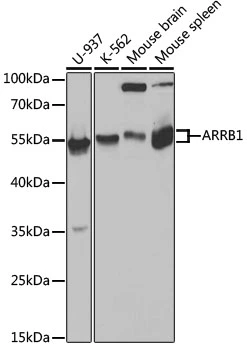
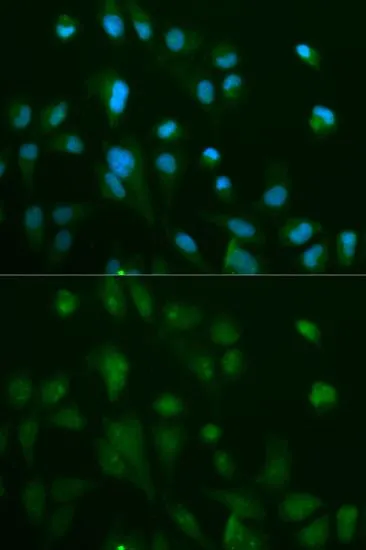
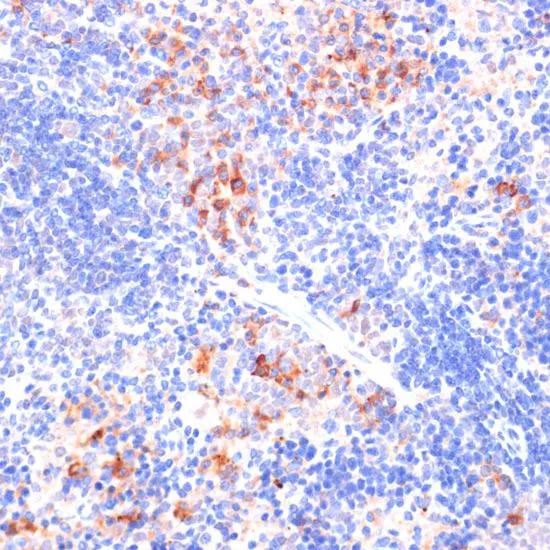
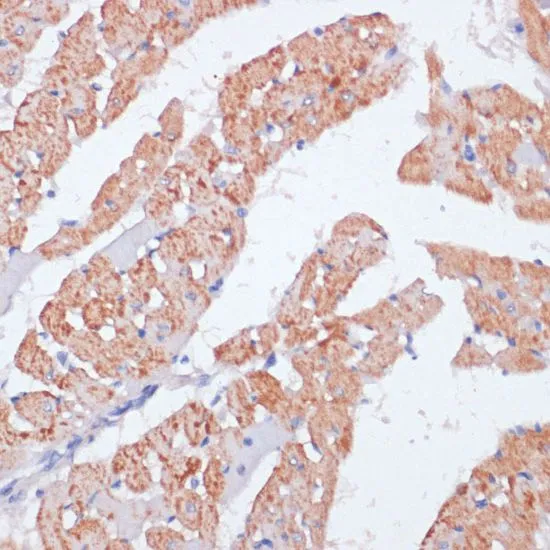

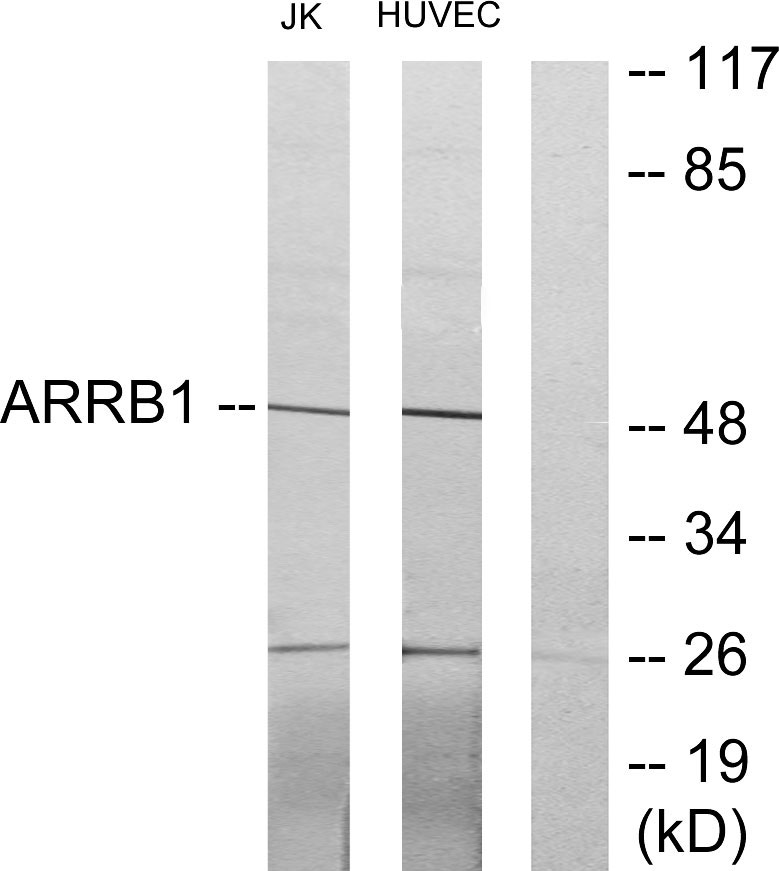
![WB analysis of various samples using GTX02840 beta Arrestin 1 antibody [GT1243]. Dilution : 1:1000 Loading : 25microg](https://www.genetex.com/upload/website/prouct_img/normal/GTX02840/CutImage_A10742_WB_01_(1076419)_w_23053123_515.webp)


